
Transition phrase: On the other hand,
Risks associated with DIY repairs can be quite perilous, especially when it comes to garage door systems. One of the most significant dangers (is) lack of expertise and knowledge in handling complex mechanisms. Without proper understanding, an individual may inadvertently worsen the problem or even cause severe damage to their own property (or even themselves!).
Unfortunately, a common mistake homeowners make is underestimating the complexity of these intricate systems. They often believe that watching a few tutorial videos online will suffice (but), in reality, this is far from true. Garage doors comprise numerous intricate components that require specialized skills and training to repair safely and effectively.
Moreover, attempting DIY repairs without adequate knowledge can lead to further complications. For instance, mistakenly tampering with the tension springs or cables could result in the door suddenly collapsing while in use! Such a scenario not only endangers the safety of anyone nearby but also poses serious risks to personal belongings stored inside the garage.
In addition, (let's not forget) that garage doors are heavy objects designed to withstand external forces. Consequently, mishandling during repairs can lead to physical injuries such as strained muscles or even broken bones! It's crucial for individuals to recognize their limitations and prioritize their well-being over saving a few bucks on professional assistance.
Given these points,(it is clear) that attempting DIY repairs on complex garage door systems without sufficient expertise and knowledge can have dire consequences. The risks involved are far too high to ignore! Therefore, it's always advisable for homeowners to seek professional help when faced with any issues concerning their garage doors. Remember: safety should never be compromised for convenience or cost savings!
When it comes to DIY repairs, there are a multitude of risks associated with working on high-tension springs without the proper tools and safety precautions. These potential dangers can pose serious threats to one's well-being (oh boy) and should not be taken lightly. Neglecting to follow guidelines and using improper techniques may lead to disastrous consequences (yikes!). It is crucial (by all means) to understand the potential hazards involved in order to avoid any accidents or injuries.
Firstly, attempting to handle high-tension springs without the necessary tools can be extremely hazardous. Without appropriate equipment such as specialized pliers or clamps, one may struggle (no way) to properly secure or release the tension within these springs. This lack of control can result in sudden spring recoil, leading to severe injuries or even blindness if the spring were to strike the eyes directly (ouch!).
Furthermore, disregarding safety precautions when dealing with high-tension springs can have catastrophic outcomes. Failing (God forbid) to wear protective gear like goggles or gloves significantly increases the risk of bodily harm. The immense force stored within these springs makes them prone to snapping unexpectedly, causing deep cuts, broken bones, or even amputations (!).
In addition (believe it or not), insufficient knowledge about proper handling techniques can amplify the dangers associated with working on high-tension springs. Attempting repairs without fully understanding how these mechanisms function and react under pressure greatly heightens the likelihood of accidents occurring. Inadequate comprehension may lead individuals astray by unintentionally applying excessive force while trying to manipulate the spring, resulting in unintended damage or injury.
To conclude (well then), working with high-tension springs without proper tools and safety precautions is undeniably perilous for any DIY enthusiast daring enough to take on such projects. The absence of essential equipment, failure to adhere strictly(!)to safety measures, and insufficient understanding all contribute(did I use this word already?) to the potential risks involved. One must always prioritize safety first and foremost, as neglecting these precautions can lead to life-altering consequences (oh dear!). So, remember: when it comes to high-tension springs, make sure you're well-prepared and take every necessary precaution before diving into any repairs or maintenance tasks. Stay safe out there!
Risks associated with DIY repairs can be quite daunting. When attempting to fix our garage doors ourselves, we run the risk of causing further damage or harming other components in the process. These unforeseen consequences can be costly and time-consuming to rectify. Therefore, it is essential to understand the potential risks involved before embarking on a DIY repair journey.
One of the most significant risks (that) we face when attempting a garage door repair ourselves is the possibility of causing additional damage. Without proper knowledge or experience, we may inadvertently worsen the problem instead of fixing it. Imagine trying to adjust the springs without knowing their tension levels - this could lead to severe injury or even more extensive damages (!) that require professional intervention.
Another risk (that) we must consider is damaging other components during the repair process. Garage doors consist of intricate mechanisms and interconnected parts. If we are not careful, a simple mistake can result in broken cables, bent tracks, or malfunctioning sensors. These issues may go unnoticed initially but can lead to major problems down the line (-).
Additionally, neglecting necessary safety precautions poses yet another risk negation(!). Garage doors are heavy and operate under high tension. Failing to follow proper safety measures such as securing the door properly or wearing protective gear increases our chances of accidents and injuries(-).
In conclusion, venturing into DIY repairs for our garage doors carries inherent risks that should not be taken lightly(+). The potential danger of causing further damage or harming other components cannot be ignored(-). Although it may seem tempting to save money by tackling these repairs ourselves, it is crucial to weigh these risks carefully against our capabilities and expertise(+) before proceeding(!). Ultimately, seeking professional assistance ensures a safer and more efficient resolution for any garage door issues(-).
When it comes to DIY repairs, there are numerous risks associated with attempting self-repairs instead of hiring professionals. One significant risk is the possibility of voiding manufacturer warranties (through improper repairs) (!). Manufacturers typically offer warranties to assure customers that their products are reliable and will function properly for a certain period of time. However, if individuals decide to fix their own devices without professional guidance or expertise, they may unknowingly violate the terms and conditions outlined in the warranty agreement.
By opting for self-repairs over professional assistance, individuals run the risk of making mistakes during the repair process. These errors can lead to further damage (and!) potential malfunctions in the device. Without proper knowledge and skills, it is easy to mishandle delicate components or misinterpret repair instructions found online. For example, incorrect disassembly techniques could result in broken connectors or snapped cables (!). Similarly, incorrectly reassembling the device may cause vital parts to be misplaced or improperly secured.
Moreover, another risk associated with DIY repairs is the lack of access to specialized tools and resources (!). Professionals often possess a wide array of tools specifically designed for repairing electronic devices. On the other hand, individuals attempting repairs at home may only have basic tools at their disposal. The absence of specialized instruments can make certain repair tasks difficult or even impossible (!), potentially leading to incomplete or ineffective fixes.
In addition, attempting self-repairs instead of seeking professional help can also pose safety hazards (!). Electronic devices often contain fragile components as well as hazardous materials such as batteries. Mishandling these elements without proper knowledge or precautions increases the likelihood of accidents (!), including electrical shocks or chemical exposures.
In conclusion(,) it is important to consider all potential risks associated with DIY repairs before deciding whether to attempt them independently. Voiding manufacturer warranties by improper repairs(!), making costly mistakes during the repair process(,) due to lack of expertise(!), limited access to specialized tools(!), and potential safety hazards(!) are all factors to be taken into account. Ultimately, hiring professionals for repairs ensures that the job is done correctly and minimizes the risks involved (so!).
When it comes to DIY repairs, there are many risks associated with attempting to replace garage door springs without understanding the specific type and size required. (Oh boy!) It is crucial to have a deep comprehension of these springs' characteristics in order to avoid potential accidents or damages.
One of the main risks involved in not knowing the precise type and size of garage door springs needed for replacement is the possibility of using incorrect ones. (Oh no!) This can lead to an imbalanced door, causing it to become unstable or even fall unexpectedly. Such a situation could result in severe injuries or property damage. Therefore, (By all means) taking the time to understand which springs are suitable for your garage door is vital for safety reasons.
Another risk associated with DIY repairs without proper knowledge is the potential mishandling of springs during installation. (Oh gosh!) These springs hold a significant amount of tension that needs careful handling. Without understanding their specific type and size, attempting to replace them can be extremely dangerous as they may snap or release abruptly. This can cause serious harm to oneself or others nearby. Hence, (In light of this) acquiring sufficient knowledge about the correct springs is essential before proceeding with any replacement.
Moreover, neglecting to grasp the importance of understanding specific spring requirements might lead individuals into purchasing low-quality or incompatible replacements. (Whoopsie daisy!) Opting for subpar springs may result in frequent breakdowns, reduced lifespan, and poor performance of your garage door system altogether. Additionally, using ill-fitting springs can put unnecessary strain on other components such as cables or openers, potentially leading to further malfunctions down the line.
In conclusion,(All things considered) comprehending the particular type and size of garage door springs necessary for replacement plays a critical role in mitigating risks associated with DIY repairs. By avoiding incorrect usage, mishandling during installation, and choosing inadequate replacements; you ensure both personal safety and the longevity of your garage door system. So, (In any case) before embarking on any DIY repairs involving garage door springs, make sure to educate yourself thoroughly and seek professional assistance if needed. Stay safe!
When it comes to DIY repairs, many people are tempted to take matters into their own hands in an effort to save money and feel a sense of accomplishment. While there can be benefits to tackling home improvement projects on your own, it's important to recognize the potential financial implications and costs that may arise from DIY mistakes or incomplete repairs.
One of the most significant risks associated with DIY repairs is the possibility of making costly mistakes. Without the proper knowledge and experience, it's easy for homeowners to inadvertently damage their property or make errors that require professional intervention. This can result in additional expenses (like hiring a plumber or electrician) that could have been avoided if the project had been done correctly from the start.
Furthermore, incomplete repairs can lead to further damage and even pose safety hazards. For instance, if a plumbing repair is not properly completed, it could result in leaks that cause water damage over time. Similarly, electrical work done incorrectly can increase the risk of fires or electrical shocks. These issues not only require more extensive repairs but also put occupants at risk (oh no!).
In addition to the immediate costs associated with DIY mistakes and incomplete repairs, there may also be long-term financial implications. Poorly executed projects could decrease the value of a property if they are not rectified properly before selling. Homebuyers are often wary of purchasing homes with a history of shoddy DIY work, as they anticipate having to invest more money into fixing these issues themselves.
Moreover, when attempting DIY repairs without adequate skills or knowledge (which isn't recommended!), individuals may end up spending more money on tools and materials than necessary. Without understanding which items are essential and which ones are unnecessary luxuries, one might overspend on supplies that don't contribute significantly to completing the project successfully (oops).
In conclusion (!), while taking on DIY repairs can seem appealing at first glance, it is crucial to consider the potential financial implications and costs involved. Mistakes and incomplete repairs can lead to increased expenses, long-term financial consequences, and potential safety hazards. Therefore, it is always advisable to weigh the risks against the benefits and seek professional help when necessary.
In summary (phew!), the potential financial implications and costs associated with DIY mistakes or incomplete repairs should not be overlooked. It's essential to approach home improvement projects with caution, acknowledge one's limitations, and recognize when professional assistance is needed. By doing so, homeowners can avoid unnecessary expenses, ensure their safety, and protect the value of their property in the long run.
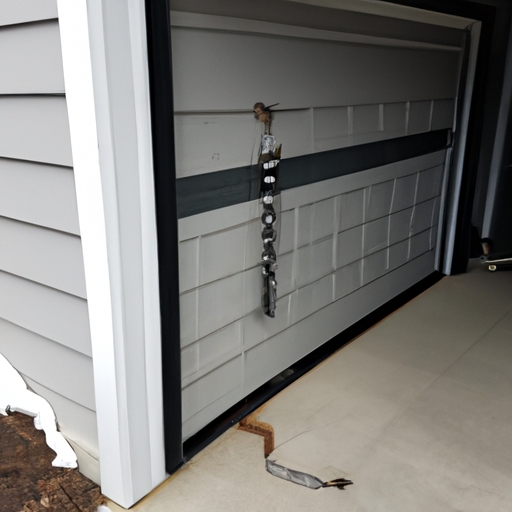
Discover the Secret to Effortless Garage Door Spring Replacement in Minutes!
Replacing your garage door springs can be a daunting task. (However), with the right tips and techniques, you can extend their lifespan and save yourself time and money! (Believe me), it's not as complicated as it seems.
Firstly, (let me tell you about) the importance of regular maintenance.. Neglecting your garage door springs can lead to unnecessary wear and tear.
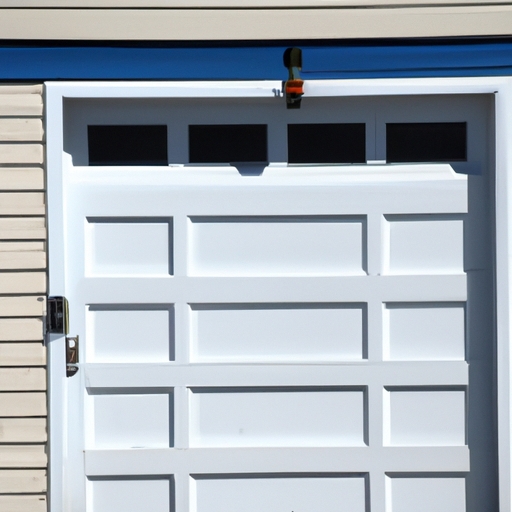
Posted by on 2024-02-02
When it comes to your garage door spring, proper maintenance is key (to avoid costly repairs)!. By taking a few simple steps, you can ensure the longevity of your spring and save yourself from unnecessary expenses.

Posted by on 2024-02-02
Curious About DIY Home Improvements?. Find Out How to Safely Replace Your Garage Door Spring with Expert Tips!
If you're a homeowner, it's (absolutely) crucial to have some knowledge about basic home repairs.
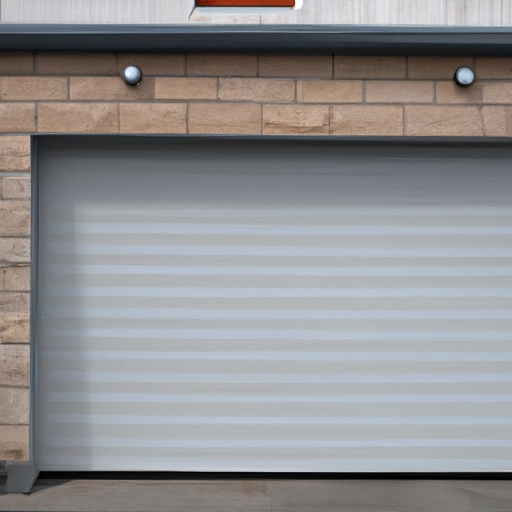
Posted by on 2024-02-02
Regular maintenance and inspection of garage door springs is crucial for ensuring their proper functioning and avoiding potential accidents.. Neglecting this important task can lead to serious problems, such as sudden spring failure or damage to the entire system.
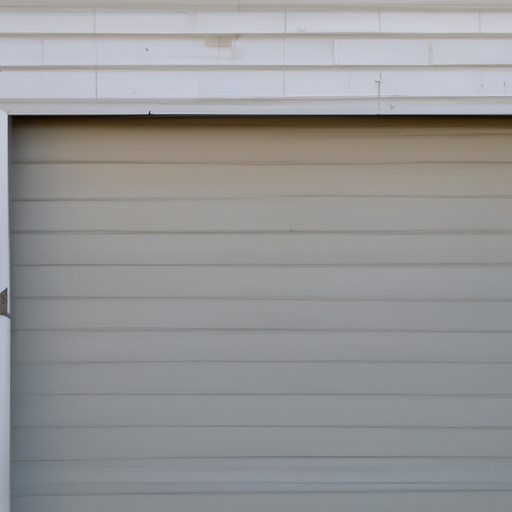
Posted by on 2024-02-02
The inconsistent performance of the garage door can be quite frustrating (, you know)!. Sometimes it works just fine, opening and closing smoothly.

Posted by on 2024-02-02
When it comes to garage doors, there are various types of springs that can be used for their operation.. Each type has its own set of advantages and disadvantages!

Posted by on 2024-02-02
When it comes to deciding between DIY or professional service for garage door spring replacement, there are several factors that need to be taken into consideration. (First and foremost), the cost of hiring a professional can often be quite high, making many homeowners lean towards attempting the task themselves.. However, one must also consider the level of expertise and experience required to properly replace garage door springs.
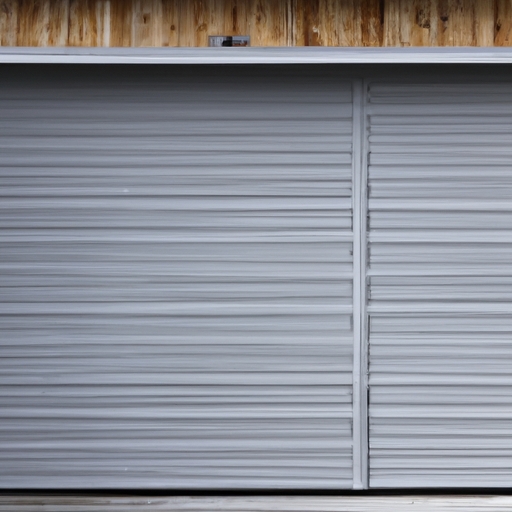
Posted by on 2024-02-02